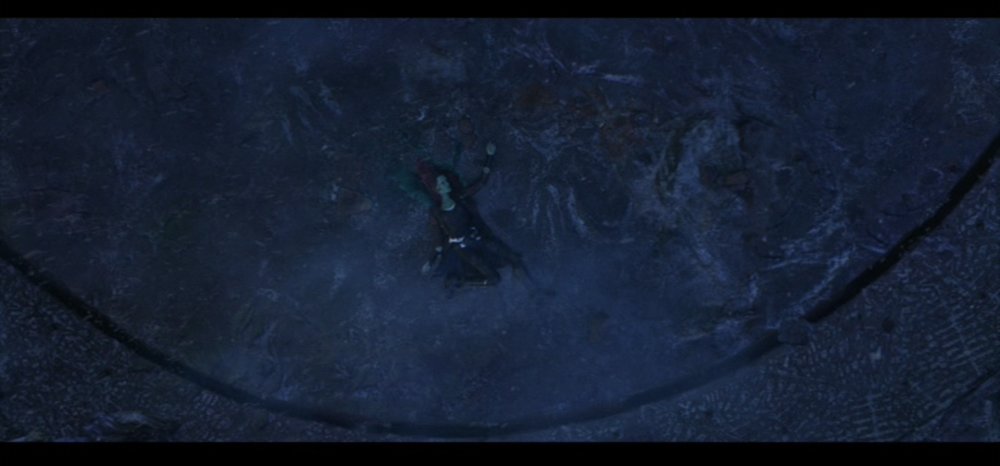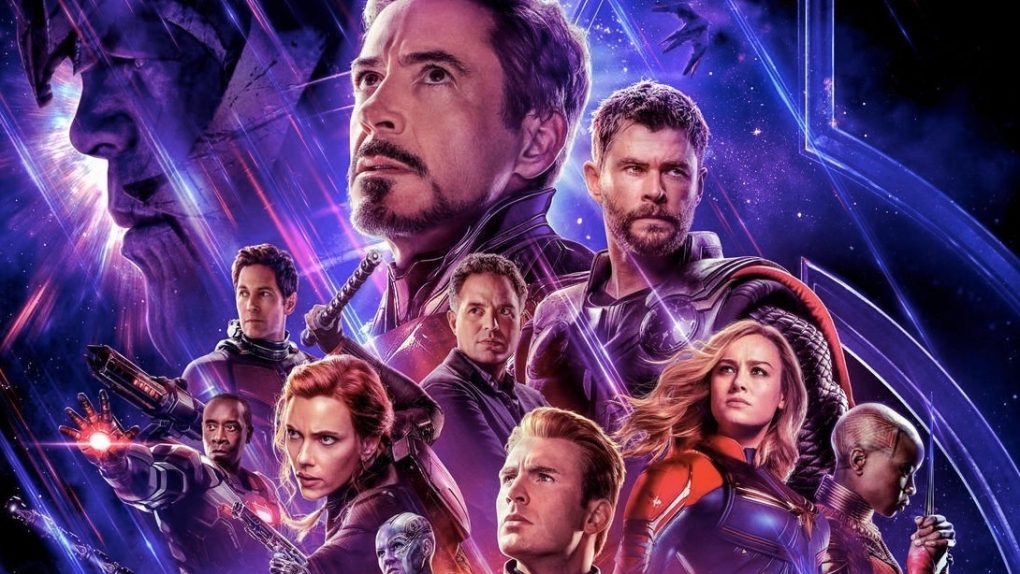Now that Avengers: Endgame is just a few weeks away, we’re convinced Thanos will lose and the snap will be undone. However, some great sacrifices may be required for the Avengers to win, and we’ll have to deal with real deaths. Some heroes might sacrifice their lives for the greater good, and while everyone else will be safe, we’ll lose them forever. That’s the right play from Marvel, as a perfect happy ending is just not possible for this movie. But how will we know if the deaths we’re about to witness in Endgame are real? Well, there’s a neat trick that should help us tell real deaths from the fake ones.
I was shocked to see all those superheroes die when Thanos snapped his fingers near the end of Avengers: Infinity War, but logic and denial took over almost immediately. I knew many of the dusted characters still had stories to tell, and that Marvel can’t afford to kill them for good. I knew the Time Stone was still in play, which is all you need to go back in time and prevent the snap, and so my anticipation grew. And that’s probably what many MCU fans thought after watching the third film in the Avengers saga.
No matter how hard the directors or writers behind Infinity War insisted that the deaths were final and we’d better deal with that, we kept finding more and more proof that the dusted characters would return to life in Avengers: Endgame. Some of them may be shown in flashbacks or during time travel action, sure, but we also heard stories about hero pairings that wouldn’t be possible in such instances. Therefore, some of the heroes and fan-favorite supporting characters will definitely be revived.
But even though I expected all the people who turned to dust to be brought back to life, I had a feeling that the heroes who died in battle before Thanos acquired all the Infinity Stones would stay dead. The list includes Heimdall, Loki, and even Gamora, who all died pretty early in the film.
This brings us to a fresh ThinkySushi post that lets us in on an often-used cinematography trick that subtly conveys positive or negative emotions with the help of lateral motion.
The key idea is surprisingly straight forward. If the action on screen moves from left to right your audience tends to feel positive and senses progression. If it moves from right to left, they feel negative or sense regression. And it doesn’t necessarily have to be motion. Character positioning, orientation, and even facing can do similar things.
The article explains that studies have already proven these effect work without the audience being aware of what’s happening.
The same logic can be applied to character deaths, and the post does a great job analyzing the deaths in Infinity War. By paying attention to the direction of lateral movement during the shots that depict a character death, as well as the body’s orientation, you can tell whether or not the cinematographers wanted to convey the message that a death is permanent.
Loki and Heimdall both die falling to the left side of the screen, which is an indication that their deaths are permanent.
Vision dies twice in the film, first when he was killed by Wanda (towards the left) and then Thanos (towards the right). But his body then falls towards the left.
The article also explains that Gamora’s death is more difficult to analyze, and that’s understandable given the complexity of the shot:
Her fall is decidedly more complex, but it is a key turn in the story, and it may be tied to a few things about the soul stone we haven’t been shown yet. Let’s look at the setup. Approaching the cliff face we get several angles on the mountain, both during the arrival on the planet and on the climb up. But once they reach the plateau the camera cements itself out over the edge, establishing a left/right setup that it keeps for the rest of the scene. The furthest they get from that established setup are some vertical shots, but they never invert that left right setup. Left remains linked to solid ground, and right is out over the abyss.
Just like Vision, Thanos throws Gamora towards the right, but her body is falling towards the left. The final shot then shows her body in a rotating motion from left to right.

The conclusions seem to be that the dusted characters are somehow moving forward. With a few minor exceptions, they’re given a rightward motion. The characters who fell to the left before the snap are most likely permanent deaths.
As ThinkySushi explains, this lateral motion trickery gives us a great weapon that we can use to interpret the various deaths that we might witness in Avengers 4 in a few weeks:
Many of the deaths we saw on screen in Infinity War may not stick. I fully expect to get back practically everyone who got snapped away, and maybe even a few of those who fell left, but I think the Russos were doing something else with those scenes. Those few deaths that happened in Infinity War packed a punch. They hit hard and the cinematic convention they used to reinforce it did something else. It gave us a language. Because if it happens again, if we go back in time, if we get to try it again, and Loki falls left…If the camera locks, and does not move, and we see that form, in that way, we will know he is lost.
They did something brilliant. They planted a short hand in us to let us know they mean it.
So if…when Cap falls, when he finally gets to make the sacrifice we have always known he would make…When Iron Man gets to make that final choice, the choice to become what he always hoped he could be…to be what he knew he had never been, I am going to be watching. And I am going to be looking to see, do they fall left?
That’s assuming, of course, that the cinematographers have actively used lateral motion to deliver these subliminal messages. In either case, the full explanation is worth a read at this link.








